Transparent LED displays offer a unique way to showcase content without blocking the view behind the screen. From retail windows to building facades, they combine high visibility with a sleek, modern aesthetic—making them ideal for both indoor and outdoor environments.
With so many options available, choosing the right display requires more than picking a size. This guide walks you through what matters—from brightness and pixel pitch to installation and control—so you can make a confident purchase that fits your space and goals.
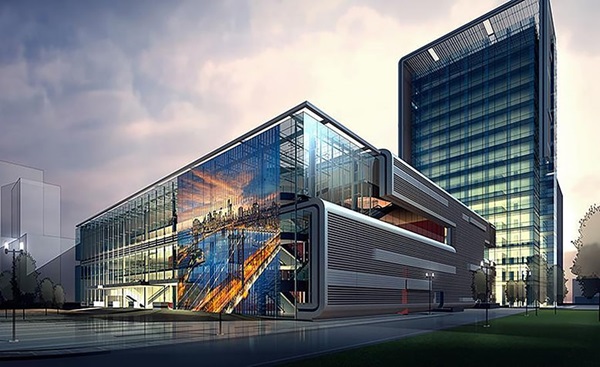
A transparent LED display is a cutting-edge digital signage solution that combines technology with modern design. Unlike traditional LED screens that block the view behind them, this display uses a mesh of tiny LEDs embedded in a transparent material like glass or acrylic. The result is a screen that delivers vivid visuals without obstructing visibility.
These displays function by arranging LED diodes in a grid with enough spacing to let light pass through. When powered off, the screen appears almost invisible. When turned on, it creates a striking “floating” effect—perfect for grabbing attention without overwhelming the space.
Because they're often just a few millimeters thick, transparent LED screens can be mounted directly onto glass or suspended in mid-air. Their lightweight structure, combined with high brightness and excellent color rendering, makes them an ideal choice for premium indoor and outdoor installations.
Before diving into specs and suppliers, the first question to ask is: where will the transparent LED display be used?
If you're operating in a retail store, museum, exhibition center, or corporate lobby, transparency isn't just a design perk—it's part of the experience. Transparent LED screens in these environments allow you to display promotional or informative content while maintaining openness and visibility, particularly useful in window displays and glass dividers.
Outdoor applications require a different set of performance standards. These displays often appear on building facades, glass curtain walls, or suspended in atriums. Here, high brightness (6500–8500 nits), durable materials, and weather protection are essential.
Outdoor transparent LED displays are typically designed with higher protection ratings and structural enhancements to handle exposure to weather while maintaining visibility.
Understanding your environment helps narrow down what features are essential and which ones are optional for your project.
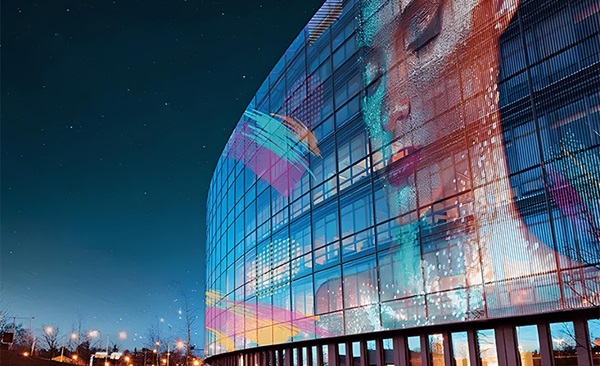
Buying a transparent LED display involves more than just choosing a screen size or resolution. Several technical specifications play a key role in ensuring the display meets the functional needs of the intended environment.
The transparency rate, measured as a percentage, indicates how much light can pass through the display. Many commercial models offer transparency levels ranging from 55% to over 70%, which helps maintain natural lighting and visibility through windows or glass structures. A higher transparency rate is particularly useful in settings like storefronts or office glass walls, where visual access to the background is important.
For indoor environments, brightness levels between 1500 and 3000 nits are generally sufficient. In contrast, outdoor applications require displays with higher brightness—often starting at 6000 nits—to ensure visibility under direct sunlight. Some models reach brightness levels of 8500 nits, which helps maintain clear content display even during peak daylight hours.
Pixel pitch—measured in millimeters (e.g., P3.91 to P15.6)—refers to the distance between adjacent LED pixels. A smaller pitch offers higher resolution and is better suited for short viewing distances such as in retail or exhibition environments. Larger pixel pitches are more economical and work well for large-scale outdoor displays where the audience is farther away.
Transparent LED displays are often designed with lightweight materials, with some panels featuring PCB boards as thin as 10mm and weighing approximately 12kg/m². This makes them a viable option for installations with structural load constraints, such as suspended displays or glass curtain wall systems.
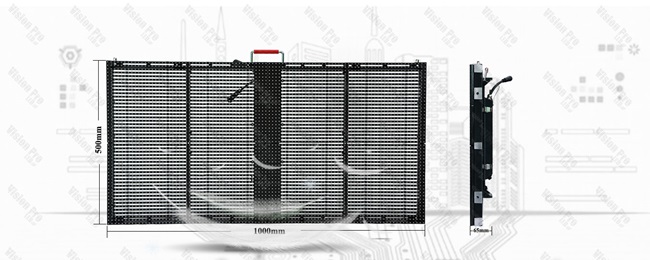
Ease of installation is another important factor. Some systems offer modular panel designs that allow displays to snap together without complex tools. These may support various mounting methods—including hanging, wall-mounted, or adhered directly to glass surfaces—and often integrate power supplies into the frame to streamline the setup process.
For convenience and operational efficiency, many displays now support remote content control. Features such as WiFi connectivity, mobile app compatibility, and cloud-based management allow for seamless updates across multiple units and locations, reducing the time and effort required for content scheduling and revisions.
Not all transparent LED displays are created equal. Understanding the fundamental differences between indoor and outdoor versions can prevent performance issues down the road.
| Feature | Indoor Transparent LED Display | Outdoor Transparent LED Display |
|---|---|---|
| Brightness | 1500–3000 nits | 6000–8500 nits |
| Transparency Rate | Higher (up to 90%) | Slightly lower for structural strength and brightness |
| IP Rating | IP20–IP30 | IP65 or higher |
| Structural Requirements | Lightweight design | Reinforced aluminum housing |
| Pixel Pitch | Small (e.g., P3.91) | Larger (e.g., P10, P15) |
| Typical Applications | Retail, exhibitions, corporate lobbies | Building facades, large-format advertising |
Choosing the wrong type can mean poor visibility, overheating, or even device failure—so it's crucial to match product specs with environmental demands.
Unlike standard LED panels, transparent LED displays offer greater flexibility in design. Many systems support custom configurations such as cubes, curved screens, cylindrical setups, or even multi-surface installations. These formats enable immersive visual experiences that can be seamlessly integrated into architectural structures, serving both aesthetic and functional purposes.
If your installation site has design constraints or branding requirements that go beyond a flat rectangular screen, custom-shaped transparent displays offer a creative solution without compromising visibility or function.
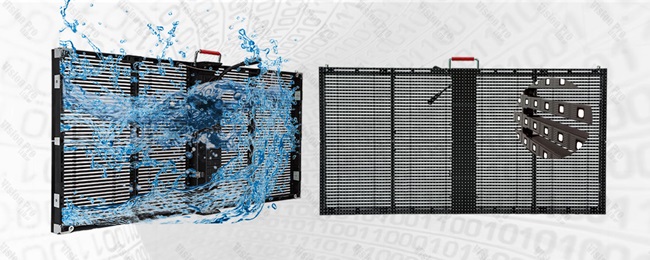
Transparent LED displays are often built with modular construction, making them easier to install and adapt across various layouts. This simplifies the setup process, even for large-scale or uniquely shaped installations, while also supporting maintenance efficiency over time.
Panels click into place without complicated tools, and integrated power supplies simplify wiring. Whether you're hanging a display behind glass or building a free-standing installation, the structure is lightweight enough to reduce structural stress.
These displays are built for modular servicing, meaning you can replace a single malfunctioning module without removing the entire panel. Both front and rear maintenance options are available, which is especially helpful in fixed-wall or window-mounted applications.
When evaluating cost, it's essential to go beyond the sticker price. A transparent LED display is an investment that should deliver long-term value through energy efficiency, durability, and branding impact.
Display size and resolution
Custom shape or structural requirements
Indoor vs. outdoor protections
Smart control features and software
Installation complexity
Increased visibility leads to higher customer engagement
Energy-efficient design reduces operating costs
Modular maintenance reduces downtime
Long lifespan (typically 80,000–100,000 hours)
With a strategic location and proper content management, a transparent LED display can significantly boost brand perception and customer interaction, paying for itself over time.
Not all suppliers offer the same level of product quality and service. Here's what to look for:
Wide range of products for both indoor and outdoor use
Proven engineering support and installation guidance
Modular design and customization options
Strong portfolio of successful projects
Responsive after-sales support and warranty terms
Smart control system integration (WiFi/Cloud/APP)
Choose a vendor that not only sells the product but also understands how to make it perform in your specific environment.
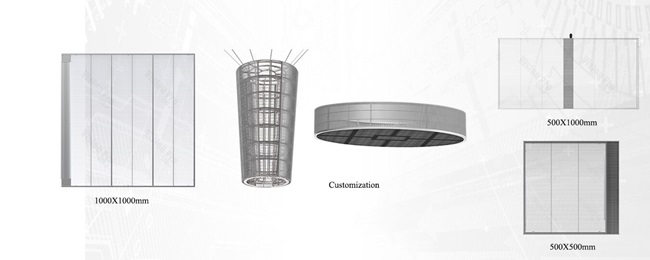
Transparent LED displays are transforming the way we communicate in physical spaces—turning windows, walls, and glass structures into dynamic storytelling tools. But getting the right display starts with understanding your space, your goals, and the technology itself.
If you're ready to explore transparent LED display solutions that deliver performance, creativity, and ease of use, visit VisionLedPro's full product line or get in touch with our team for a customized quote.
Contact us at led@visionledpro.com.
By continuing to use the site you agree to our privacy policy Terms and Conditions.